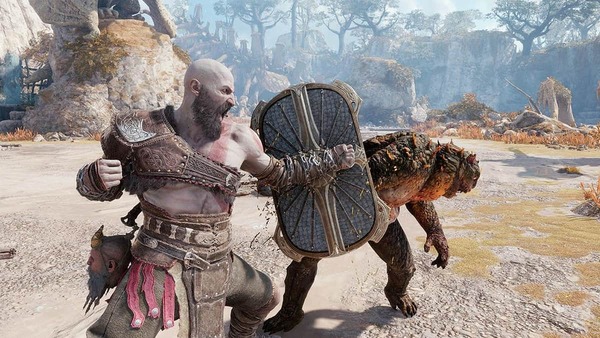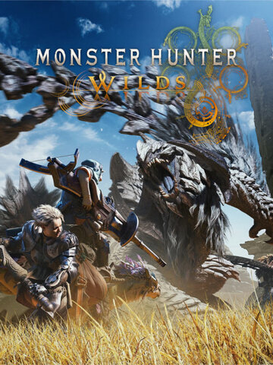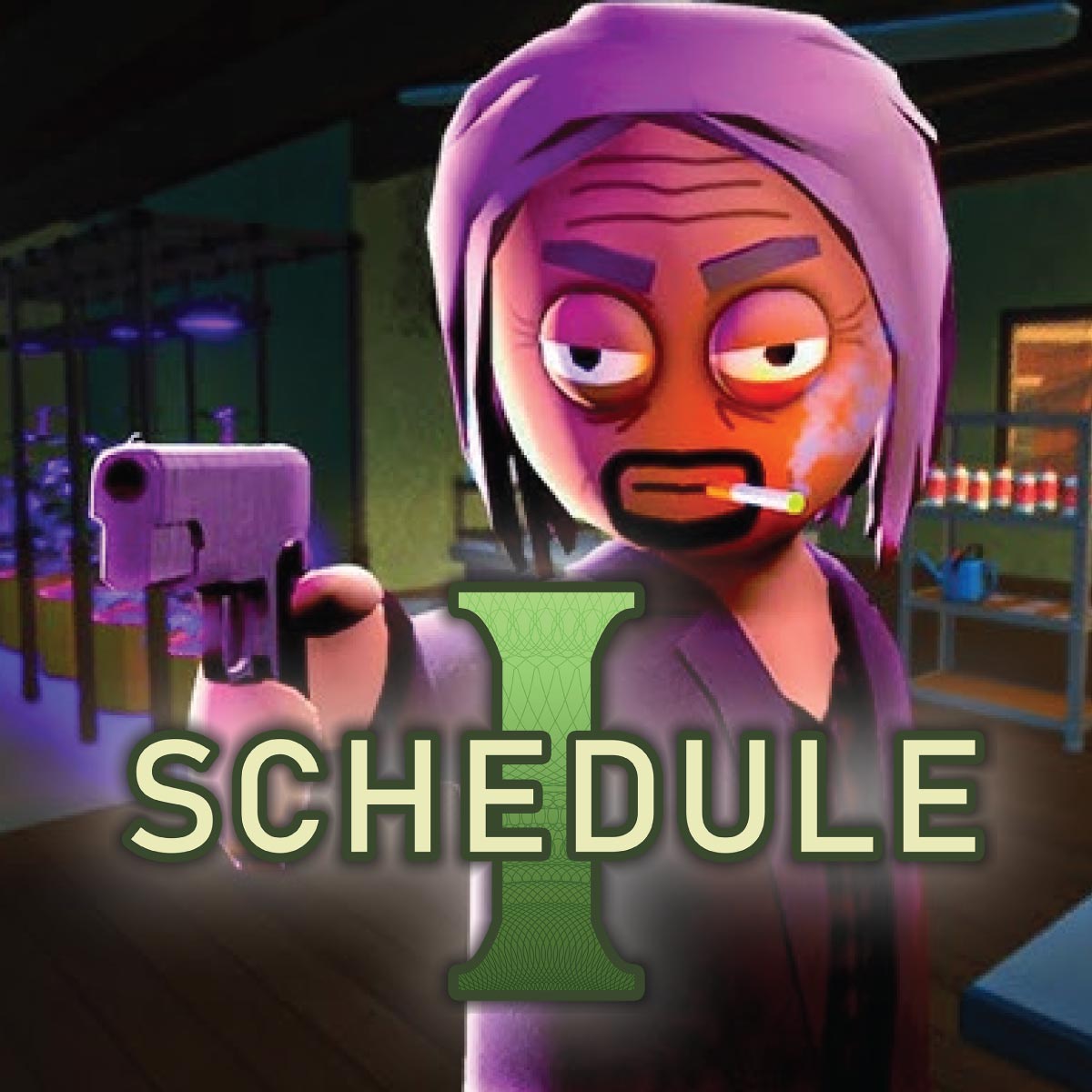Fortnite is more than just a battle royale game—it’s a global cultural icon. Developed by Epic Games, Fortnite took the gaming world by storm in 2017 and quickly became one of the most talked-about, played, and monetized games in history. It combines high-speed combat, creativity through building mechanics, and a never-ending stream of events and updates that make the game feel fresh year after year.
In this comprehensive article, we dive deep into Fortnite’s evolution, gameplay mechanics, cultural significance, and why millions still drop into the Island today.
1. The Origins of Fortnite: From Save the World to Battle Royale
A Game That Changed Direction
Originally announced in 2011, Fortnite was supposed to be a PvE co-op game called “Save the World.” It featured base-building, zombie defense, and crafting. However, when PlayerUnknown’s Battlegrounds (PUBG) exploded in 2017, Epic Games saw an opportunity.
In just two months, Epic pivoted and released Fortnite Battle Royale—a free-to-play mode that would eclipse its original vision.
Viral Growth and Early Success
Fortnite quickly became a phenomenon because of:
-
Cross-platform support
-
Free access with optional cosmetics
-
Unique building mechanics
-
Cartoonish but visually striking art style
By 2018, Fortnite had over 125 million players worldwide.
2. Core Gameplay: What Makes Fortnite Unique?
Battle Royale with a Twist
Fortnite follows the 100-player last-man-standing formula but adds:
-
Resource harvesting (wood, brick, metal)
-
Building structures (walls, ramps, floors)
-
Fast-paced third-person shooting
-
Ever-changing loot pool
Players drop from the Battle Bus, scavenge, build, and fight until only one survives.
Constant Updates and Shifting Metas
Epic Games updates Fortnite weekly or biweekly with:
-
New weapons or items
-
Limited Time Modes (LTMs)
-
Hotfixes to balance gameplay
-
Seasonal mechanics (e.g. sliding, sprinting, wall climbing)
The result is a game that never feels static.
3. Seasons, Chapters, and Live Events
Chapter-Based Storytelling
Fortnite is divided into:
-
Chapters – Major map and mechanic overhauls
-
Seasons – Themed gameplay changes lasting 10–12 weeks
Each season has a unique battle pass, storyline, and aesthetic. For example:
-
Chapter 2 Season 2: Spy theme
-
Chapter 3 Season 3: Vibin’ with colorful biomes
-
Chapter 4 Season 4: Heist-themed with vaults and bosses
Epic Live Events
Fortnite is known for its real-time, one-time-only events:
-
The Black Hole (end of Chapter 1)
-
Travis Scott’s Astronomical concert
-
Galactus Devourer of Worlds fight
-
Fracture event between Chapters 3 and 4
These events blur the line between gaming and interactive media.
4. Building Mechanics and Zero Build Mode
Classic Building System
Building is Fortnite’s signature feature:
-
Gather materials from the environment
-
Build walls, stairs, cones, floors instantly
-
Master high-ground advantage through “90s” and tunneling
Building adds a creative, skillful twist to combat unmatched in other BR titles.
Zero Build: A New Way to Play
Introduced in 2022, Zero Build mode removed the construction aspect:
-
More accessible for casual players
-
Focuses on aim, positioning, and movement
-
Keeps the core Fortnite spirit with faster pacing
Zero Build expanded Fortnite’s audience significantly.
5. Creative Mode and UEFN (Unreal Editor for Fortnite)
Fortnite Creative: Build Your Own Game
In Creative Mode, players can:
-
Build custom maps
-
Create mini-games and parkour courses
-
Script events using in-game logic tools
Millions of maps exist for racing, hide-and-seek, deathruns, and more.
UEFN and Fortnite as a Platform
With Unreal Editor for Fortnite (UEFN), creators can:
-
Build games with full Unreal Engine tools
-
Add custom assets, code, and mechanics
-
Publish on the Fortnite Discover tab
Epic’s vision is clear: Fortnite is becoming a game engine and a platform, not just a single game.
6. Collaborations, Skins, and Cultural Crossovers
The Metaverse in Action
Fortnite has featured characters and content from:
-
Marvel, DC, Star Wars
-
Dragon Ball, Naruto, Jujutsu Kaisen
-
Ariana Grande, Travis Scott, The Kid LAROI
-
Stranger Things, John Wick, Terminator
These collaborations include:
-
Skins and cosmetics
-
Emotes and dances
-
Story integrations and live events
Fortnite is often called the “metaverse” because of these intersections.
Icon Series and Real-World Stars
Epic also created the Icon Series, celebrating real-world creators:
-
Ninja
-
Lachlan
-
Bugha
-
MrBeast
It’s a showcase of gaming culture merging with real life.
7. Weapons, Items, and Loadout Strategy
Constantly Changing Arsenal
Each season, Fortnite rotates weapons like:
-
Assault Rifles (Red-Eye, MK7, SCAR)
-
Shotguns (Pump, Auto, Havoc)
-
SMGs and Pistols
-
Mythic or Exotic-tier weapons
Items include healing, mobility, or defensive tools like:
-
Med Mist
-
Shockwave Grenades
-
Port-a-Bunker
-
Shield Keg
Understanding the current meta is crucial for high-level play.
Loadout Tips
Standard loadout strategy:
-
One shotgun
-
One AR or SMG
-
Healing item
-
Mobility (like Grappler or Pads)
-
Utility (like sniper or shield)
Adapt loadout based on team roles and game phase.
8. Competitive Scene and Esports
Fortnite Champion Series (FNCS)
FNCS is Fortnite’s premier esports tournament. It features:
-
Trios or Duos formats
-
Weekly qualifiers
-
Cash prizes and global finals
Past FNCS prize pools exceeded $3 million per season.
World Cup Legacy
In 2019, Bugha won the solo Fortnite World Cup and earned $3 million. Since then:
-
Regional events have taken place worldwide
-
LAN competitions are making a comeback
-
Creative and Zero Build tournaments also exist
Fortnite remains a top-tier esport, especially for younger pros.
9. Pros and Cons of Fortnite
Pros
-
Frequent content updates and fresh gameplay
-
Unique mix of combat, building, and storytelling
-
Massive collaboration library
-
Free-to-play with optional cosmetics
-
Creative Mode and UEFN empower creators
Cons
-
Steep learning curve for new players (especially with building)
-
Competitive play can feel sweaty
-
Performance may vary by device or platform
-
In-game economy can be expensive
-
Occasional weapon balancing issues
10. Final Verdict and Expert Rating
Fortnite isn’t just a battle royale. It’s a digital ecosystem—equal parts game, creative hub, event stage, and pop culture showcase. With its innovative live events, empowering tools for creators, and genre-defining gameplay, Fortnite has secured its place in gaming history.
Whether you're here for clutch wins, world-building, or just to vibe with friends, Fortnite offers something for everyone.
Final Expert Rating: 9.5/10
-
Gameplay Mechanics and Pace: 9.6
-
Content Updates and Variety: 9.7
-
Visual Style and Performance: 9.2
-
Cultural Impact: 10.0
-
Accessibility and Learning Curve: 8.8
Conclusion: Fortnite Is Here to Stay
Fortnite continues to evolve far beyond its origins. It’s no longer “just another battle royale”—it’s a living, breathing world where anything can happen. From building sky castles to watching live concerts in real-time, Fortnite proves that the future of gaming is about blending fun, freedom, and community.
Whether you're a builder, shooter, creator, or spectator, Fortnite remains one of the most thrilling digital experiences available today.





























